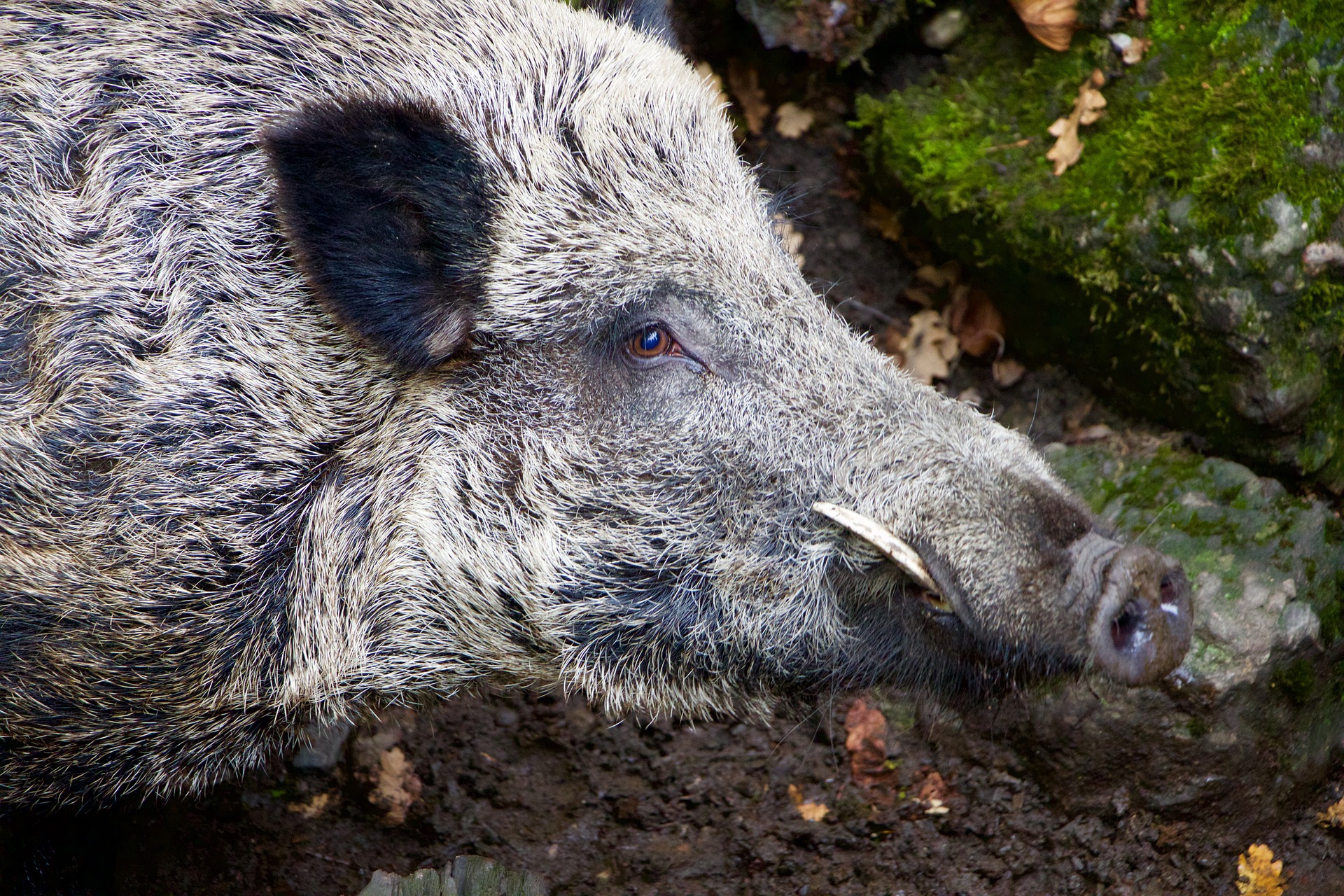In 2011, a 9.0 magnitude earthquake hit the island of Honshu Japan and caused a tsunami off the coast of the Miyagi prefecture. The tsunami displaced nearly half-a-million individuals and submerged large portions of the Tohoku region of the island.
Fourteen nuclear power plants (NPPs) were impacted by the earthquake and subsequent tsunami. Ten were safely taken offline, but three melted down and a hydrogen explosion at another reactor caused radioactive material to escape. All of these reactors are located at the Fukushima-Daiichi NPP. Since then, the area has been uninhabitable by humans, but livestock and wildlife have flourished.
The Washington Post reported that thousands of wild boars are running rampant in Fukushima’s exclusion zone. Boar meat is popular in Japan, but humans are unable to eat the pork produced by these boars. The boars eat contaminated plants and animals rending them unsafe for human consumption.
These wild boars have no natural predators, so hunters have been called in, but hunting them does not solve the problem because the animals are contaminated with radioactive materials and proper disposal of their carcasses is critical. According to The Washington Post, burying the bodies is a only temporary solution because hunters are running out of space. The mass graves are also vulnerable to scavengers. Another option, according to The Washington Post, would be to incinerate the bodies, but that would require the use of special incinerators equipped to manage radioactive materials.
Since 2014 hunters have killed approximately 13,000 wild boars.
The Independent reported that the exact population numbers of the wild boars remains unknown because humans are unable to enter the exclusion zone. Since 2014 hunters have killed approximately 13,000 wild boars. The wild boars have caused over half-a-million dollars in damage to local farms.
Cesium-137, the radioactive material polluting the area, has a half-life of 30 years. That means that contamination can be expected to continue for at least 30 years.
























